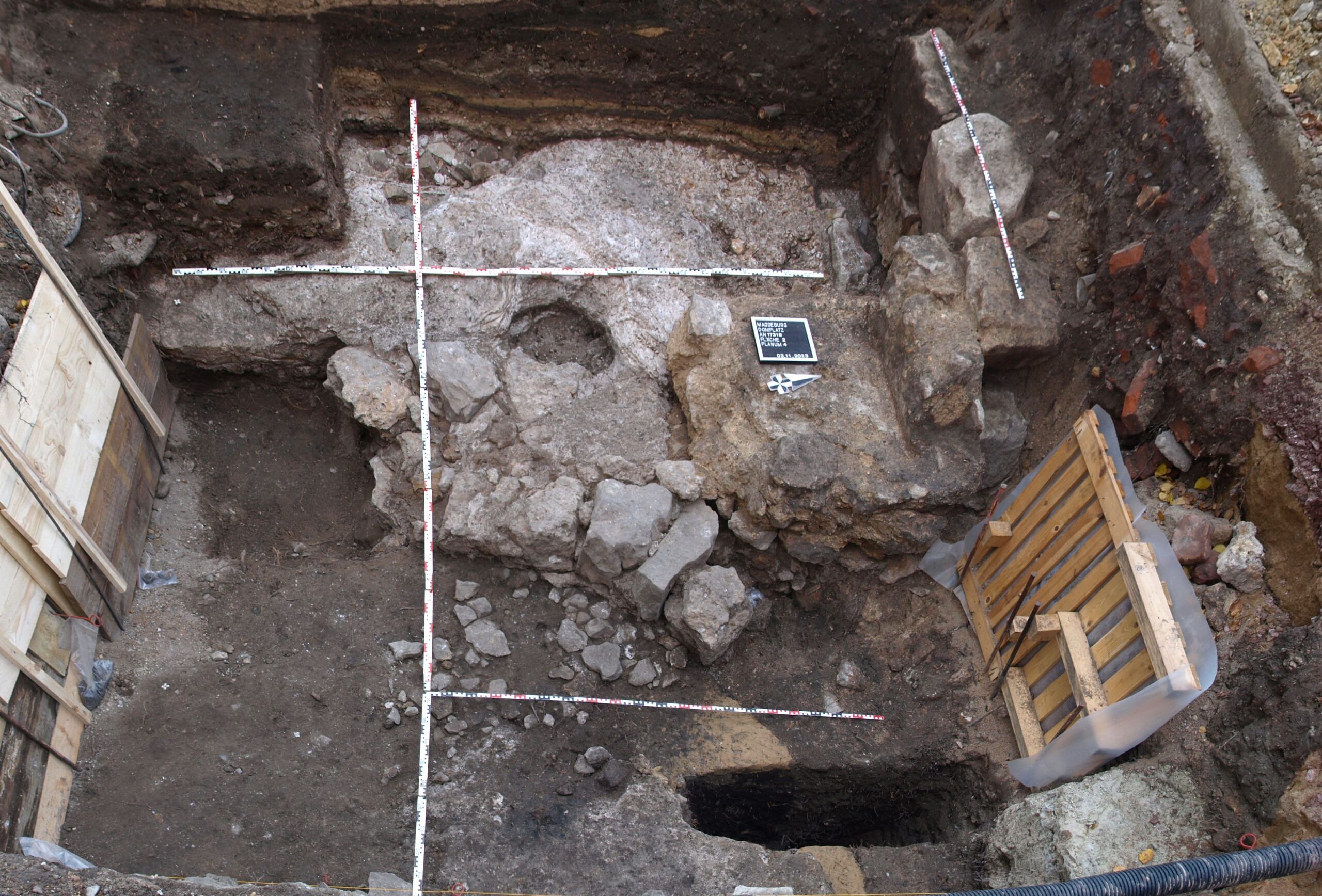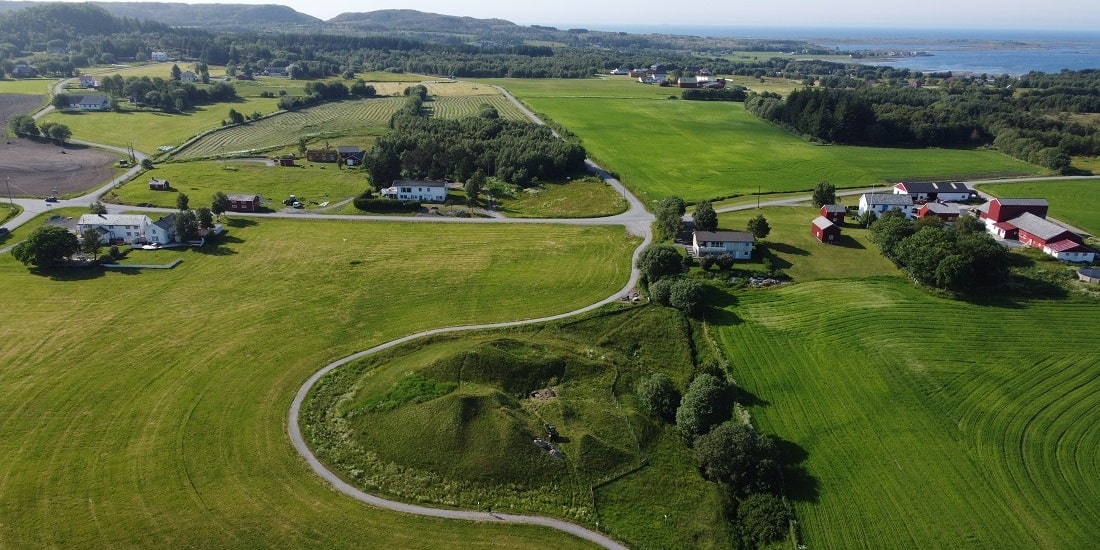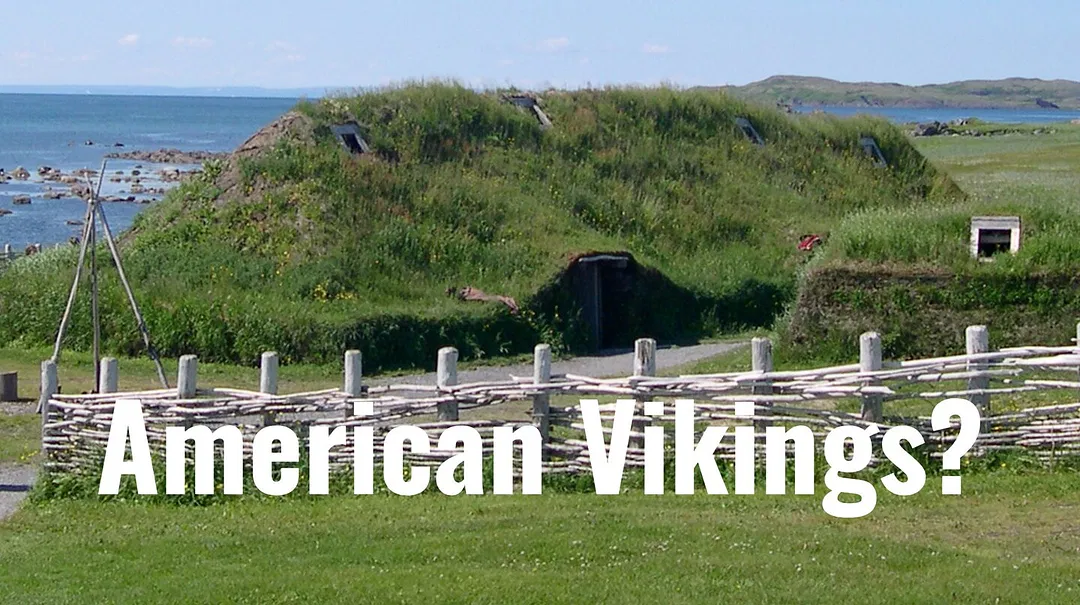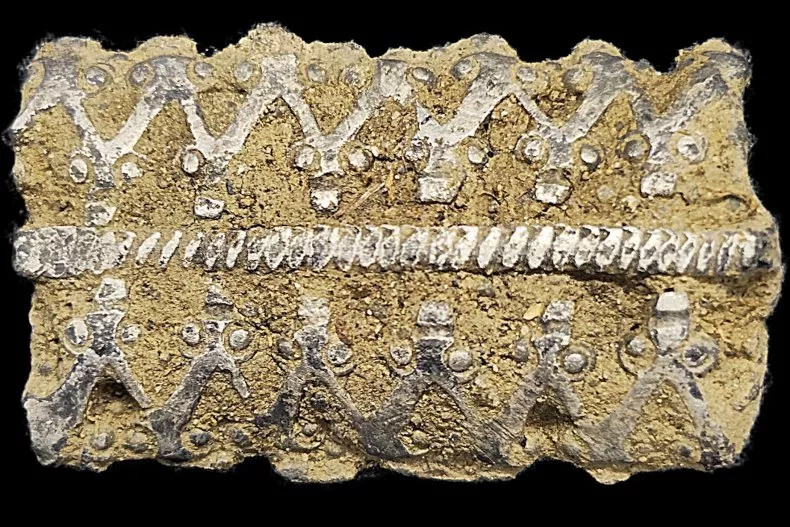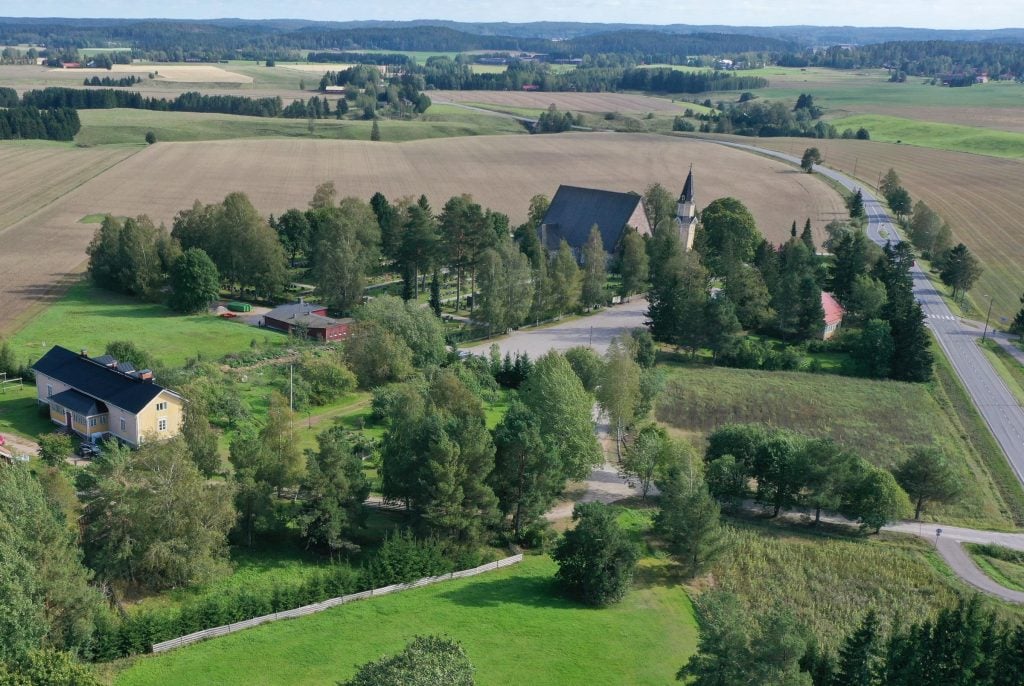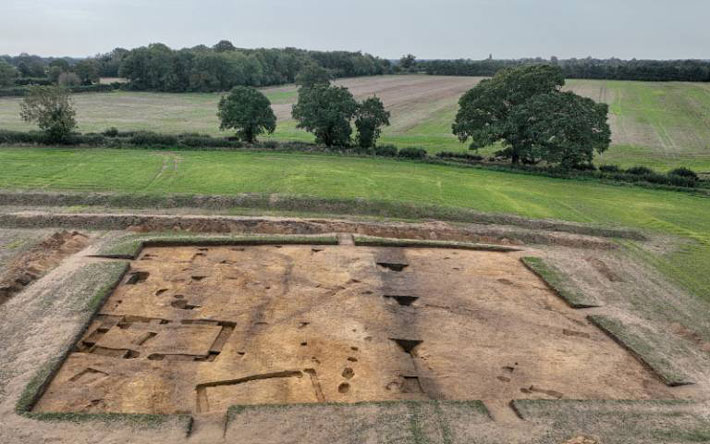
RENDLESHAM, ENGLAND—In the eighth century, an English monk and historian known as The Venerable Bede wrote of a king’s village at “Rendlaesham,” and of a temple equipped with both Christian and pre-Christian altars. BBC News reports that the site of a possible 1,400-year-old temple has been uncovered at Rendlesham in eastern England, which is located near Sutton Hoo, the archaeological site where East Anglian king Raedwald is thought to have been buried in A.D. 625. The possible temple structure measured more than 30 feet long and 16 feet wide, and had been built with substantial foundations. The excavation also uncovered evidence of a ditch that may have surrounded the royal village, traces of two other timber buildings, and a mold used for casting fine pieces of decorative horse harnesses similar to those unearthed at Sutton Hoo.
Read the rest of this article...



